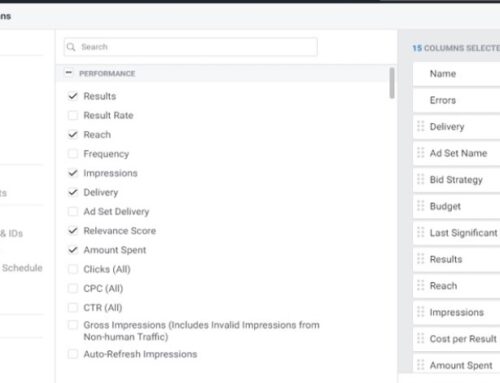Google Ads repeat rate
I have gotten a few questions regarding the “repeat rate” column when customers are looking at their conversion settings. They ask, “What is this about?”. They don’t quite understand it.
Go to conversion settings
So I will explain it here. To navigate to the page, first click “Tools & Settings” and then under “Measurement”, click “Conversions”. You will be directed to a page with all your conversions actions. Example below.

This is fairly simple. It is a place where you set all the valuable actions a user can take on your site. For example a lead form submission, an e-book download, a product sale, booking an appointment. How you do this is you install a conversion code onto the site where the user will end up after the “submit”. And every time that happens, Google is notified of a conversion happening and brings the value back to your ads. Sounds simple yes?
Now a few of you may be looking at the dashboard and you ask. what is this column called “Repeat Rate”? And Google doesn’t seem to explain it well for the user to understand.
What is repeat rate?
Repeat Rate is basically a metric that measures how often the same individual converts within that conversion window. It is derived from dividing the total number of conversions by total unique conversions. Like an example below.

This metric shares insight into how often visitors are converting. In this scenario, the repeat rate is 1.2; meaning customers are converting on average 1.2 times over the course of the 30-day conversion window. You know the activity of the buyers on your site. If you are a men’s shaving company selling shavers and refills, you might see a larger repeat rate within a 60 or 90 day window. That’s probably because customers are returning to buy refills for their shaver.
If you run a furniture store, you might see lower numbers closer to 1. This is nothing to be alarmed about, as buying furniture is not a frequent activity that customers go through.
Summary
To sum up: the higher the repeat rate, the more often customers are coming back to make additional purchases. The lower the repeat rate, the less often customers are coming back to make additional purchases. Both are measured within that conversion window you set.





